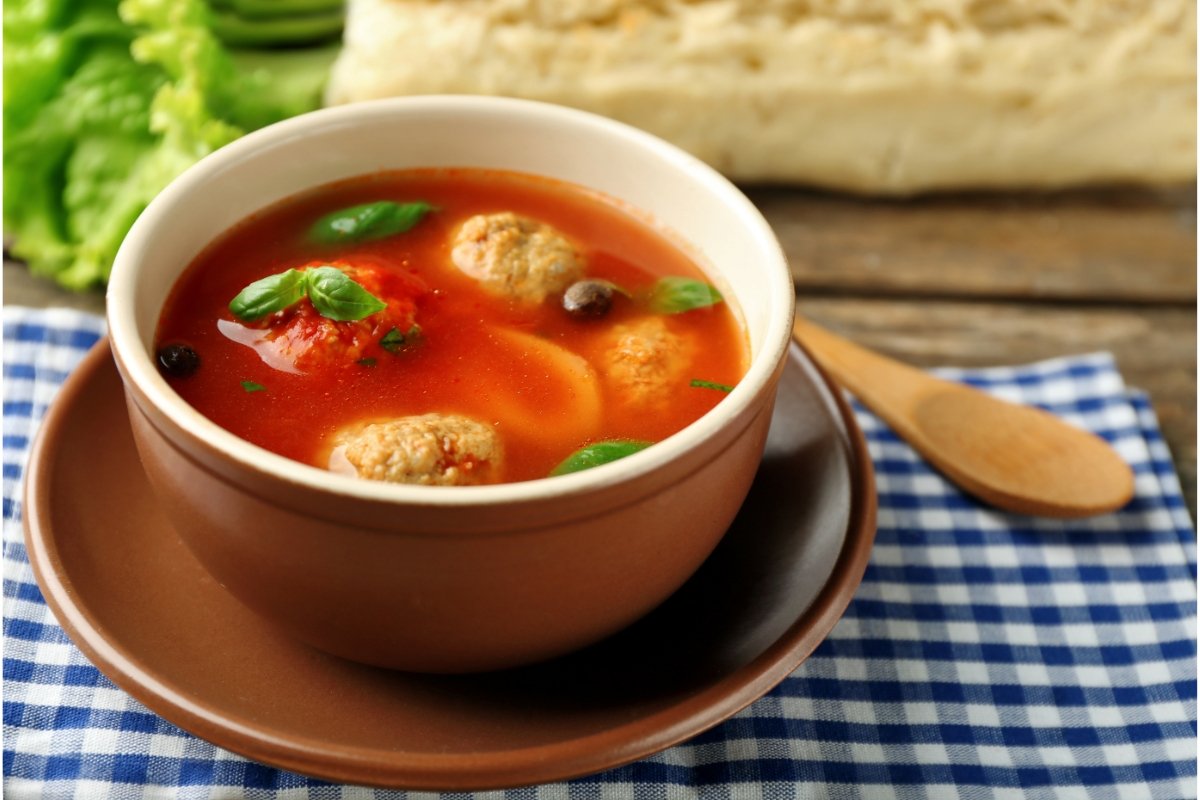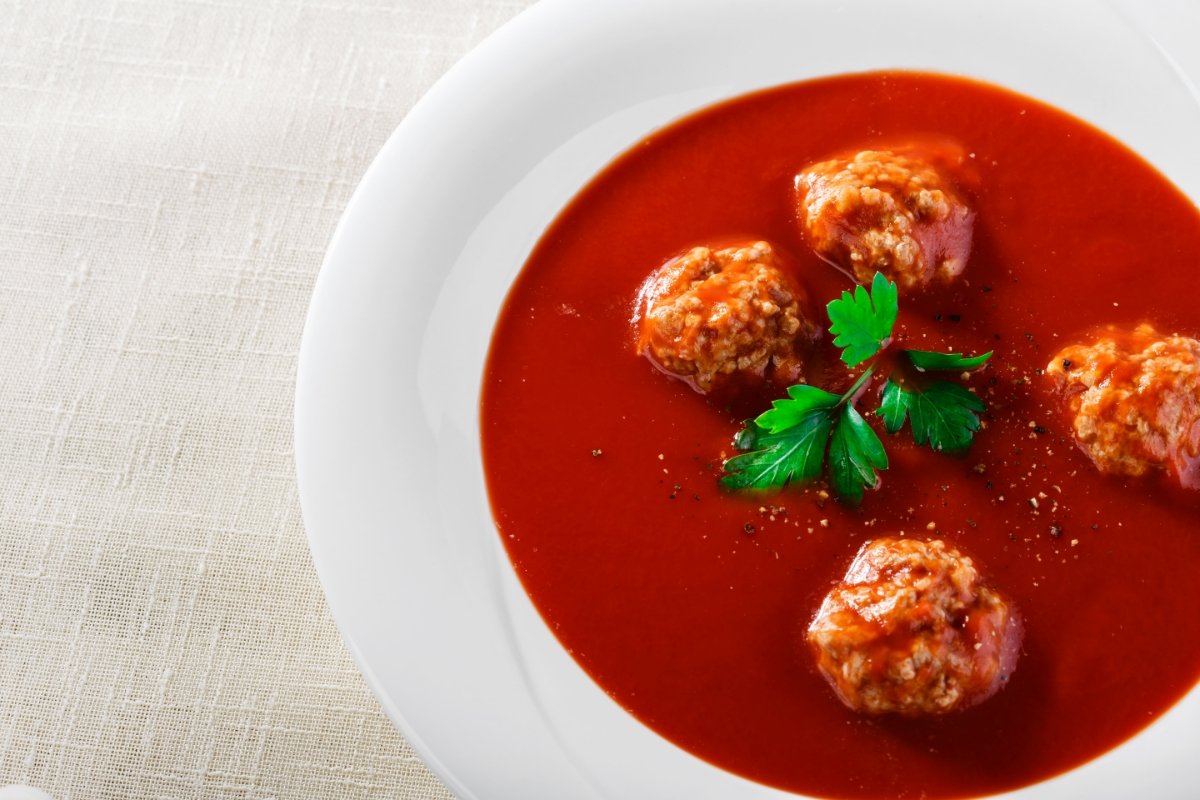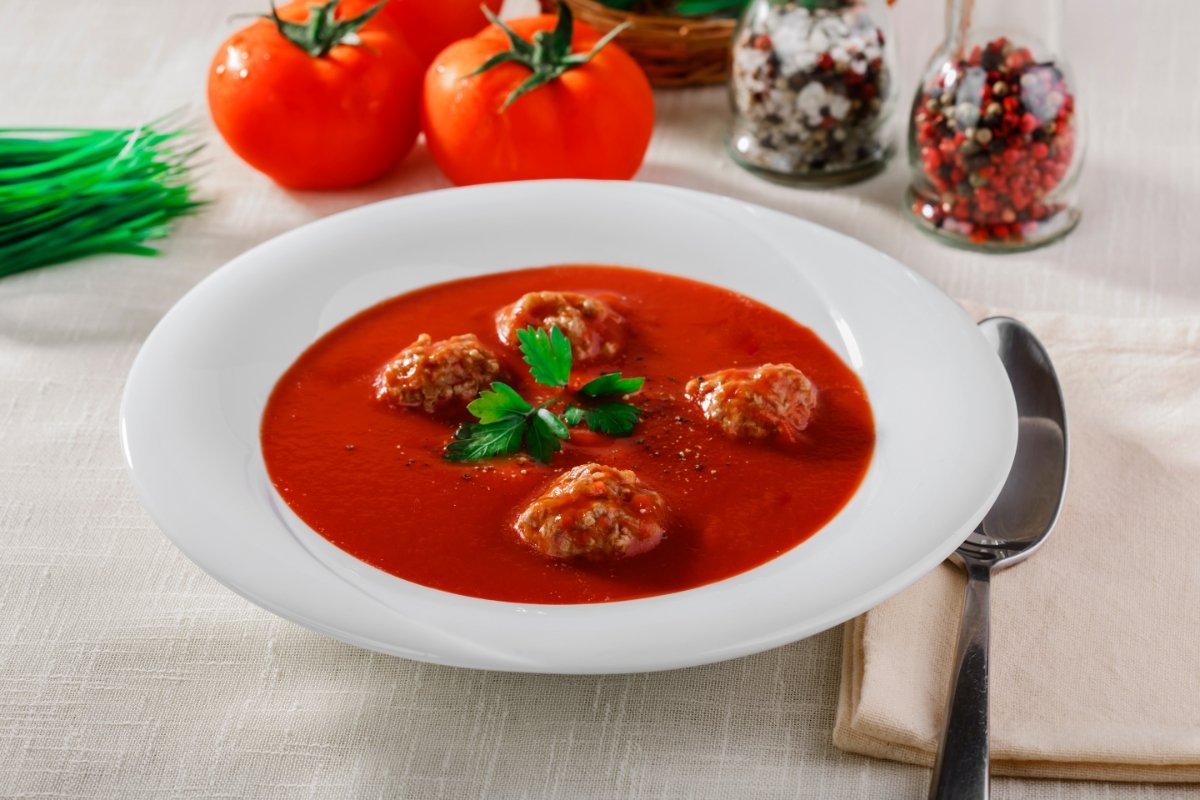Porcupine soup might sound unusual to many, but various parts of the world cherish it as a delicacy. Indigenous and local cuisines have included porcupine meat for its rich flavor and nutritional value for centuries. This blog post will delve into the cultural significance, preparation methods, and ethical considerations surrounding this unique dish, exploring its journey from traditional cultures to modern kitchens across different continents.
Porcupines, those quill-covered mammals often seen as fascinating creatures of the wild, serve a significant role in the diet and culture of various communities. In regions where porcupines are native, communities respect these animals for their adaptability and survival skills, valuing their meat as a sustainable protein source. Porcupine soup, known for its rich, gamey flavor, captures the essence of the wilderness in every bowl.
This dish’s preparation and consumption are deeply embedded in the traditions and survival strategies of indigenous peoples, especially in parts of Africa, Asia, and North America. For many, porcupine soup is more than food; it’s a link to ancestral practices and a testament to human ingenuity in utilizing available resources. Despite its traditional roots, porcupine soup has also intrigued modern culinary enthusiasts, drawn by its exotic appeal and the stories it carries.
As we explore porcupine soup, we will delve into its cultural backdrop, uncover the secrets of its preparation, and discuss the contemporary debates surrounding its consumption. Join us on a culinary journey that promises to enlighten, challenge, and tantalize your taste buds.

Cultural Significance
Porcupine soup’s history, rich and varied, mirrors the flavors it encompasses. In many cultures, this dish represents a connection to the land and its bounty. For indigenous communities in North America, the porcupine has been a crucial survival resource, especially in winter months when food is scarce. The meat’s warmth-giving properties make porcupine soup a staple during the cold season.
In parts of Africa, porcupine is a delicacy, often served at celebrations and gatherings. The process of hunting, preparing, and sharing porcupine meat imbues communal significance, strengthening bonds and passing down traditions. Similarly, some Asian cultures value porcupine meat for its supposed medicinal properties, believed to heal and strengthen the body.
The cultural significance of porcupine soup also extends to its role in storytelling and folklore. Many tales and legends feature the porcupine, symbolizing traits such as resourcefulness and resilience. These stories, shared around the fire as families and communities enjoy a bowl of porcupine soup, help preserve cultural identity and teach important life lessons.
However, the modern perception of porcupine soup weaves a tapestry of tradition and innovation. While it remains a symbol of cultural heritage in many regions, it has also piqued the interest of adventurous foodies and chefs looking to explore unique flavors and ingredients. The dish’s ability to bridge the past and present, the traditional and the contemporary, speaks to its enduring appeal and versatility.
For those interested in the broader context of traditional dishes, our exploration of the Ultimate Guide to Bundt Cakes offers insights into how classic recipes adapt over time, mirroring the journey of porcupine soup from a survival food to a modern delicacy.
Ingredients and Preparation
Understanding the heart of porcupine soup requires us to look at its core ingredients and the meticulous preparation process. While ingredients may vary across cultures, they typically include:
- Porcupine Meat: The dish’s star, porcupine meat, is tender and richly flavored, resembling a cross between rabbit and pork. Cooks harvest the meat from the animal’s hindquarters and back, where the muscles are most developed.
- Vegetables: Common vegetables in the soup include carrots, potatoes, onions, and sometimes indigenous roots and tubers, enriching the broth’s depth and complexity.
- Spices and Herbs: The choice of spices and herbs can vary widely, often including garlic, ginger, bay leaves, and local herbs, lending the soup its distinctive aroma and taste.
- Broth: A hearty stock, crucial to porcupine soup, typically comes from boiling the bones and trimmings of the porcupine with aromatic vegetables and herbs to extract maximum flavor.
Step-by-Step Guide to Preparing Porcupine Soup
- Cleaning and Preparing the Meat: The first step involves carefully cleaning the porcupine meat, ensuring the removal of all quills. Then, the cook cuts the meat into manageable pieces, often marinating it with herbs and spices to enhance its flavor.
- Making the Broth: Simmering the bones and trimmings of the porcupine in water for several hours with aromatic vegetables and herbs creates a rich and flavorful stock, serving as the soup’s base.
- Cooking the Meat: Adding the marinated porcupine meat to the broth and slow-cooking it until tender allows the flavors to meld together, making the meat succulent and flavorful.
- Adding Vegetables: Once the meat is nearly done, adding vegetables to the pot and cooking them until tender adds texture and nutrition to the soup.
- Final Seasoning: Seasoning the soup to taste with salt, pepper, and additional spices or herbs as desired is crucial for balancing the flavors.
- Serving: Traditionally, one serves porcupine soup hot, often garnished with fresh herbs or a squeeze of lemon to brighten the flavors. It can stand alone as a dish or accompany bread or rice.
Cultural Variations
The recipe and preparation method for porcupine soup can significantly vary, reflecting local tastes, available ingredients, and traditional cooking methods. For example, in some African communities, the soup might include a variety of local spices and serve as a communal dish during special occasions. Meanwhile, in North American traditions, porcupine soup might focus on the meat’s natural flavors and the forest.
Nutritional Value
Porcupine meat is not only prized for its taste but also for its nutritional benefits. It offers a lean protein source, essential amino acids for muscle growth and repair, and is lower in fat and cholesterol compared to more common meats like beef or pork, making it a healthier choice. Porcupine meat also provides Vitamin B12, iron, and zinc, vital for energy, immune function, and healthy blood production. The inclusion of vegetables in porcupine soup further boosts its nutritional profile with fiber, vitamins, and antioxidants.
Ethical and Environmental Considerations
The consumption of porcupine meat and porcupine soup preparation brings up important ethical and environmental considerations. Sustainable practices and respect for local ecosystems are paramount in any wildlife consumption form.
Ethical Implications
Hunting porcupines for food requires consideration of animal welfare and the ethical treatment of wildlife. In regions where porcupines are hunted, it’s crucial to adhere to ethical hunting practices, ensuring the animal’s quick and humane dispatch. Additionally, respecting local regulations and conservation efforts is essential to maintain porcupine populations and prevent overhunting.
Environmental Impact
The environmental impact of hunting porcupines also requires consideration. In areas where porcupines are a native species, their removal can affect local biodiversity and ecosystem dynamics. Sustainable hunting practices,
Legal Restrictions and Conservation Efforts
Many countries regulate the hunting and consumption of porcupines through wildlife conservation laws to protect porcupine populations from overexploitation and preserve biodiversity. It’s important for those interested in trying porcupine soup to be aware of and comply with these legal restrictions, supporting conservation efforts aimed at sustaining porcupine populations for future generations.
Personal Stories and Anecdotes

Beyond the ingredients, preparation methods, and ethical considerations, porcupine soup carries personal significance for many individuals. These personal stories and anecdotes offer a glimpse into the role of porcupine soup in family traditions, community gatherings, and individual experiences.
For some, porcupine soup is a cherished reminder of childhood, prepared by grandparents or parents as a special treat or a means of connecting with cultural heritage. For others, it represents a moment of culinary adventure, an opportunity to step outside their comfort zone and experience the tastes of another culture. These stories underline the power of food to bring people together, evoke memories, and foster a sense of belonging.
Conclusion
Porcupine soup, with its rich cultural heritage and complex flavors, serves as a window into the diverse culinary practices that exist around the world. As we conclude our exploration, we reflect on the importance of preserving traditional dishes like porcupine soup. We encourage readers to broaden their culinary horizons, whether through trying new foods, learning about different cultures, or engaging in conversations about sustainable and ethical consumption.
Porcupine soup is more than just a dish; it embodies narratives of survival, community, and identity. It challenges us to think critically about our food choices, respect the traditions and ecosystems that sustain these practices, and appreciate the stories and flavors that make our world so rich and diverse. So, the next time you have the opportunity to try something new, remember the story of porcupine soup and embrace the culinary adventure that awaits.

